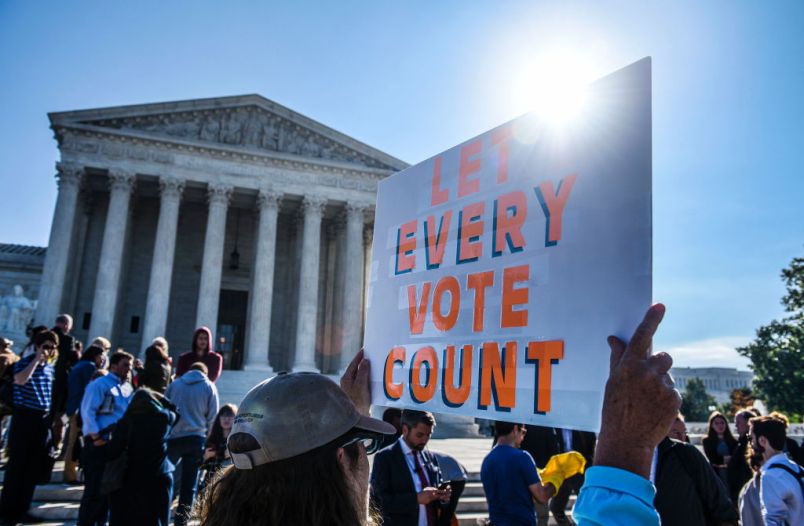HARRISBURG, Pa. (AP) — Democratic Gov. Tom Wolf will not submit a new Republican-drawn map of Pennsylvania’s congressional districts to the state’s high court, saying Tuesday that it uses the same unconstitutionally partisan tactics as the 6-year-old boundaries struck down in a gerrymandering case.
Wolf’s move came six days before the deadline set by the Democratic-majority state Supreme Court to impose new boundaries for Pennsylvania’s 18 congressional districts. However, Wolf’s office did not immediately say whether he would submit his own map to the court, and he has not publicly released his own proposed map.
Redrawing the map of Pennsylvania districts could boost Democrats nationally in their quest to take control of the U.S. House, and leaves district boundaries up in the air barely three months before May’s primary election.
The governor said his office’s analysis of the plan put forward Friday night by leaders of the Republican-controlled Legislature concluded that it was clearly designed to help their own candidates.
“There is basically no chance it wasn’t drawn in a way to benefit Republicans,” Wolf press secretary J.J. Abbott said.
The governor’s office retained a mathematician with an expertise in redistricting, Moon Duchin of Tufts University, to review the GOP-drawn map. In a one-page summary released Tuesday by the governor’s office, Duchin called the GOP’s revised plan “extremely, and unnecessarily, partisan.”
Republicans who drew the proposal said it adhered to the court’s line-drawing benchmarks, eliminating dozens of municipal and county divisions and creating more compact districts. It also kept nearly 70 percent of residents — and every incumbent congressman — in their old districts.
The governor was notifying lawmakers of his specific problems with the Republican leaders’ proposal, but is also leaving open the possibility of working with the Legislature to submit a consensus map by Monday’s deadline, Abbott said.
The court ruling Jan. 22 said a Republican-drawn map created in 2011 put partisan interests above other line-drawing criteria, giving GOP candidates an unfair edge.
In the three elections under that map, Republicans have maintained a 13-5 advantage in the state’s congressional delegation.
Pennsylvania is politically divided — Republican Donald Trump beat Democrat Hillary Clinton in Pennsylvania by less than 1 percentage point in the state. Democrats have more registered voters than Republicans, and hold the governorship and three elected statewide row offices, as well as the high court majority.







The governor’s office retained a mathematician with an expertise in redistricting who released a one-sentence, footnoted summary:
Crumble it up and throw it into the fire, Governor. Play by their rules – submit one of your own that, using the court’s guidelines, gives every single possible advantage to Democrats. Clean house. Take out the garbage. Thank you.
California is going to be a grave yard for congressional republicans this year. If we combine those potential pickups with pickups in states like PA you get the beginnings of a rout. The Democrats need to play hard ball here. In other words, play the game like republicans by using whatever power you have to the maximum.
I think at this point he’s right to offer to work with the republicans, especially since they refused to work with democrats in drafting their version. They’ll likely continue to refuse, and the court will appoint a special master to draw the lines. One important implication of this fast turnaround is that a thorough analysis of a map likely takes only a few hours.
Why can’t they just redraw them to where they were prior to 2010?